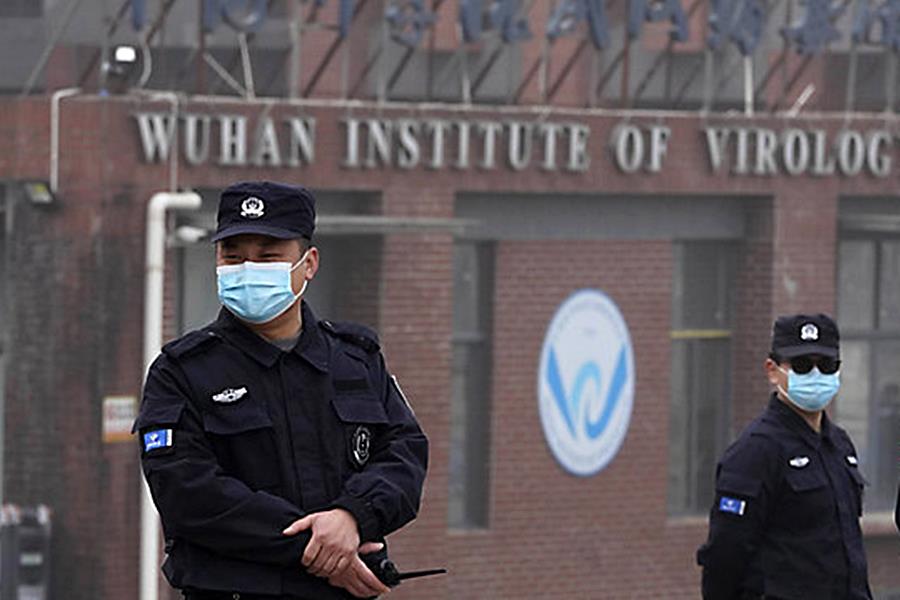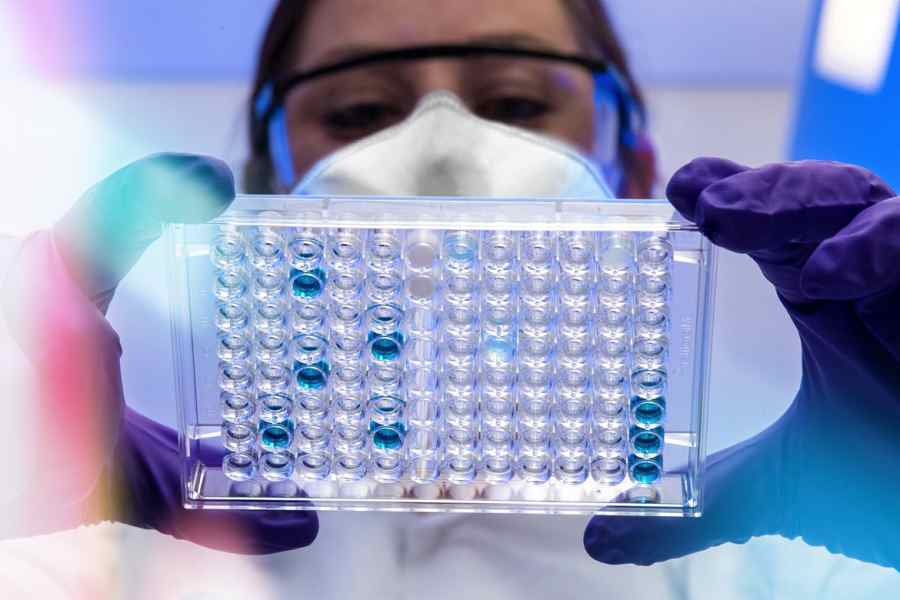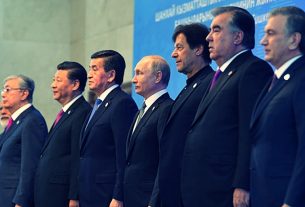Tue 05 April 2022:
Two years after a pandemic was declared, scientists continue to debate how the coronavirus behind COVID-19 came to infect humans.
Even as COVID-19 enters its third year as a pandemic, the world is no closer to knowing the source of the virus that sparked it all.
Just six weeks after declaring a global health emergency, the World Health Organization (WHO) declared the spread of the new coronavirus a pandemic on March 11, 2020.
But while the animal hosts of the coronaviruses that caused the 2003-2004 SARS and 2012 MERS outbreaks were identified in a matter of months, the origin of the current SARS-CoV-2 virus – along with its myriad mutations and variants – has proved more elusive.
Last September, a task force set up by The Lancet COVID-19 Commission to search for the pandemic’s ultimate source was disbanded after 14 months, amid rancour, recriminations and concerns about conflicts of interest. And the probe by the WHO, a public health agency with no investigatory powers, has largely been stalled after a tightly controlled fact-finding trip to China in January 2021.
China has yet to provide the WHO with the evidence to support Beijing’s assertion that the spread of coronavirus had a natural zoonotic pathway – moving from bats to an animal host to humans – and the Huanan Seafood Market where the first cases were traced was swiftly disinfected and closed.
The struggle to find the source has helped give more credence to the possibility that the virus might have come from elsewhere, including a laboratory leak. Whatever the case, the evidence remains within China.
“I became convinced that China isn’t being transparent; they’re being evasive about quite a few things,” said Colin Butler, an honorary professor with the National Centre for Epidemiology and Population Health at Australian National University in Canberra.

Late last year, Butler was commissioned by the United Nations Environment Programme to write a report entitled Environmental Change and COVID-19: The Risk of Future Pandemics in Asia and the Pacific. In the study, Butler listed medical and laboratory procedures as risk factors that could allow viruses to escape from a controlled setting and spread widely. For example, China allows experiments on coronaviruses to be conducted in low-biosecurity settings that only mandate protective gear for lab workers, a sink and an eyewash station.
Mindful that the origin of a 1979 anthrax outbreak in the former Soviet Union that killed at least 66 people was only revealed after the country’s collapse in 1992, Butler says he believes the truth about the current pandemic will remain buried by the current Chinese leadership.
“China isn’t going to be open about this under the current regime,” he said.
In the first months of the pandemic, in April 2020, Australia was one of the first countries to call for an independent investigation into the origins of COVID-19. But other countries, most notably the United States, have not echoed Canberra’s call.
“I’m absolutely convinced that a lot of people are being not sufficiently transparent – not just in China but also in the US,” Butler added.
In the US, molecular biologist Alina Chan shares Butler’s suspicions.
Chan, a scientific adviser at the Broad Institute of MIT and Harvard, was among the first scientists who advocated against dismissing a lab leak as the source of the virus.
In a poll last summer, a majority of Americans, regardless of political persuasion, said they believed the virus had come from a lab leak in China. Even so, Chan says the push for an investigation has been stymied by partisan politics in Washington.
“Everyone is taking a side and trying to take down the other side,” Chan told Al Jazeera. “It isn’t fantastical to say there’s a cover-up.”
For Chan and all those who argue that the SARS-CoV-2 virus could have originated from a lab, so long as an intermediary animal host that had passed the virus from bats to humans cannot be located, the natural-origin scenario lacks the scientific support it needs.
Also, the widely shared observation that right from the start the virus has unique features that made it extremely adapted to infecting humans en masse continues to baffle even specialists on coronaviruses.
“Dispositive evidence for a natural origin of SARS1 and MERS had been quickly found despite less advanced technologies at the time. Yet, for SARS2, we still cannot find any infected animals that could’ve passed the virus to humans at the market and we have not obtained evidence to tell us when and how the virus was spreading in Wuhan before mid-December 2019,” Chan said.

Last month, new studies – among the most detailed to have been published on the virus’s origins so far – pinpointed the market as “the unambiguous epicentre” of the pandemic given the nature and clustering of the cases.
One of the papers, awaiting peer review, suggested that the earliest known COVID-19 cases were located near Huanan, and that by November 2019 the virus had already jumped from bats to other mammals, and was spreading in the western corner of the market where live animals were kept and sold.
Virologist Marion Koopmans, who was a member of the WHO expert team that travelled to China, said the study led by Michael Worobey of the University of Arizona’s Department of Ecology and Evolutionary Biology, provided “convincing evidence” that the market was, indeed, the place where it had all begun.
But Chan and other scientists say the papers made claims based on incomplete data and biased samplings. And for scientists tracing how the virus spread – especially in the early days – the dearth of data made available by China has proved particularly challenging.
Evolution risk
Hoping to trace the pandemic to its start, last spring virologist Jesse Bloom at the Fred Hutchinson Cancer Research Center in Seattle tried to lay his hands on the genetic sequences of SARS-CoV-2 from the earliest cases out of China – only to find the data had been removed from the open-access site maintained by the US National Institutes of Health, at the request of Chinese researchers. As the owners of the data, the scientists have the right to request its removal without having to give a reason.
Without that information, he says the inquiry cannot be resolved scientifically. “It’s an important question to understand the origin of the pandemic,” said Bloom. “And the public would like a more scientific explanation.”
Earlier this month, Bloom and 17 other scientists signed a letter asking China to release sequencing data from samples collected at the market.
Regardless of whether the virus was transmitted by animals or via a lab, Rosemary McFarlane, assistant professor in public health at the University of Canberra, says a lot can be done to staunch the risk of the next outbreak.
That is because both scenarios point to the longstanding problems of how humans handle wild animals. Keeping them in close quarters in trade and transit has compounded the possibility of viruses jumping between animals and to humans.
“We can continue to debate the origin of this pandemic, but we need to understand what the risks are now, as the virus circulates amongst people with low access to vaccination, and amongst those in close proximity to animals. All of this provides opportunity for further virus evolution,” said McFarlane. This pandemic “is a wake-up call to the possibility of future risk”.

___________________________________________________________________________________________________________________________________________
FOLLOW INDEPENDENT PRESS:
TWITTER (CLICK HERE)
https://twitter.com/IpIndependent
FACEBOOK (CLICK HERE)
https://web.facebook.com/ipindependent
Think your friends would be interested? Share this story!





